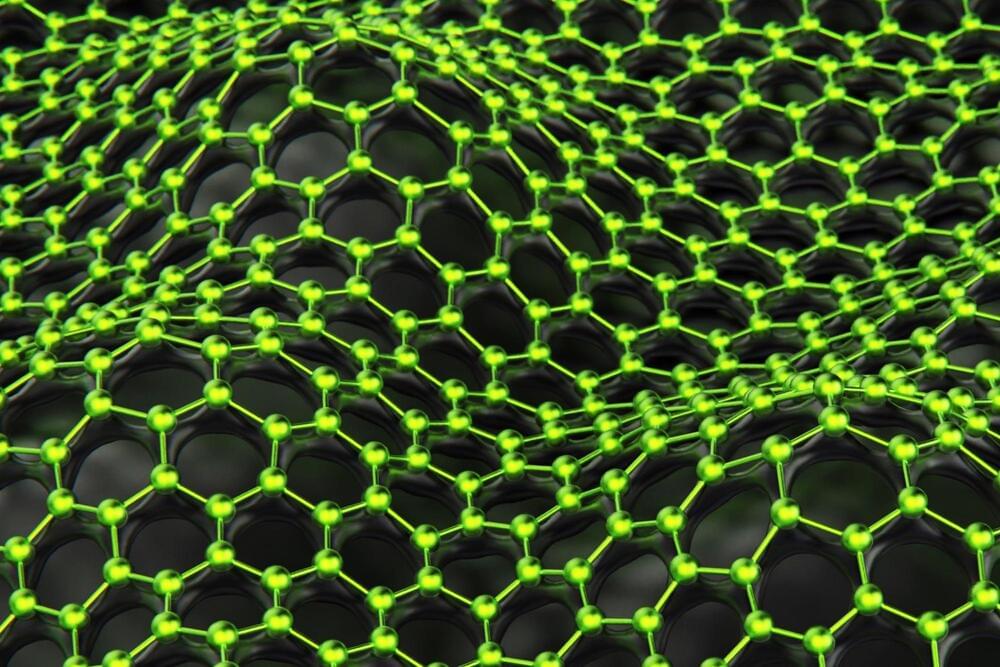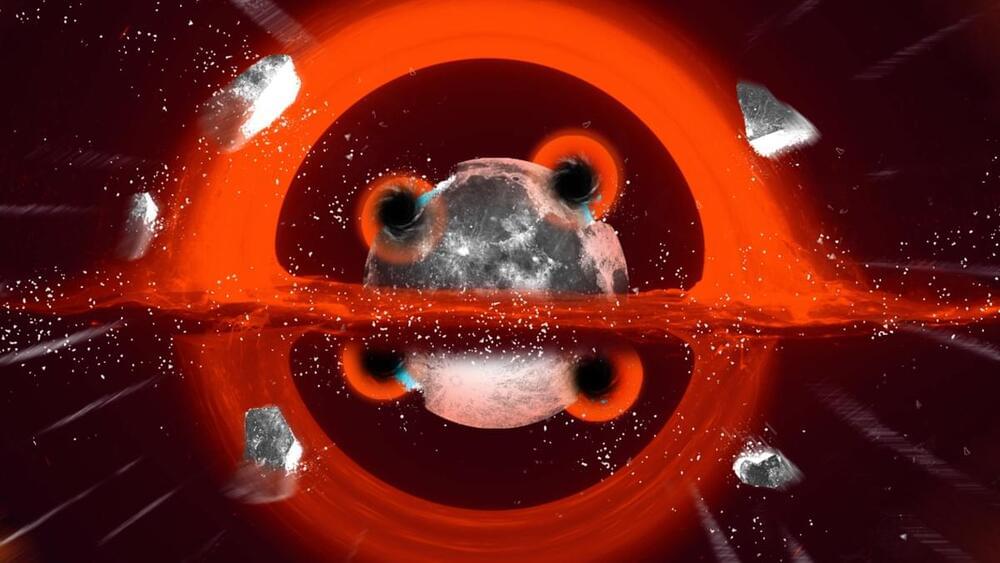Scientists have been experimenting with the creation of nuclear energy for decades and have used nuclear fission — the process of breaking atoms apart — to power everything from devasting atomic bombs to clean nuclear energy.
However, this kind of nuclear energy is different from cosmic inspired nuclear fusion in one significant way: it’s not self-sustaining. Creating enough energy on Earth to power this kind of reaction has been just out of reach for decades.
But that could soon be changing. First reported in August 2021, nuclear scientists from the National Ignition Facility (NIF) at Lawrence Livermore National Laboratory have come closer than ever before to prove that self-sustaining nuclear fusion — or fusion ignition — is really possible.








